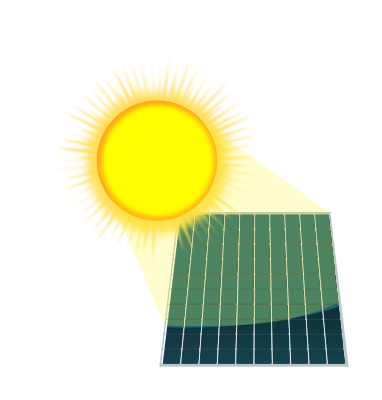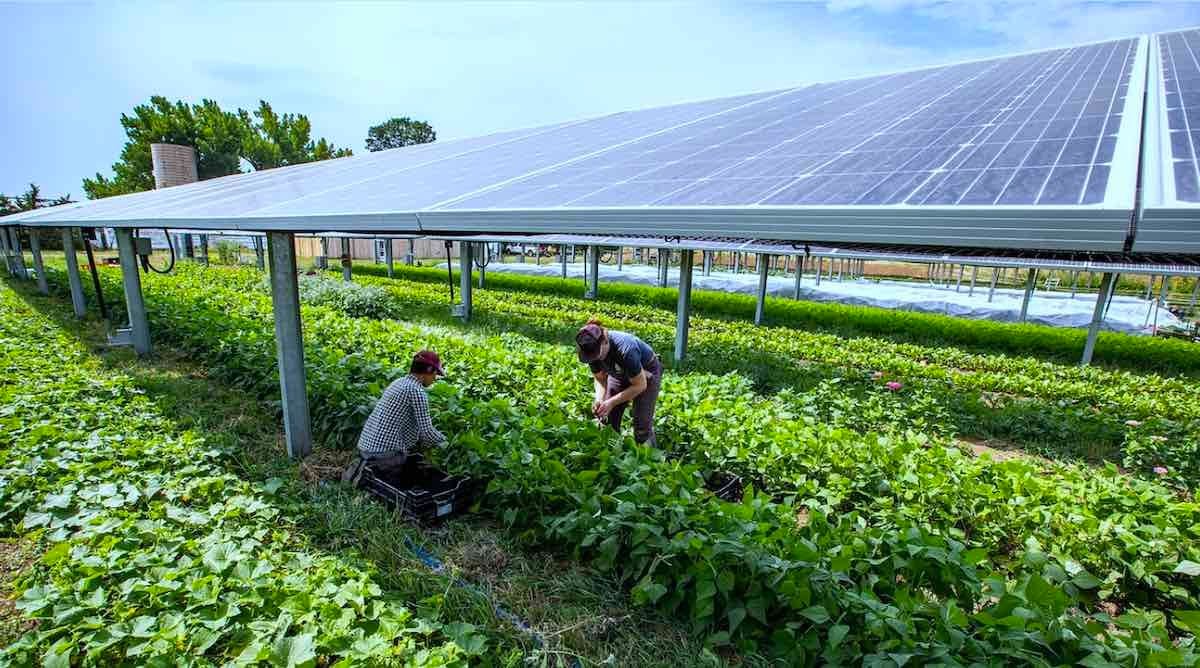- cross-posted to:
- farming@slrpnk.net
- cross-posted to:
- farming@slrpnk.net
cross-posted from: https://slrpnk.net/post/20863122
By 2020, the global capacity of PV energy had climbed to 760 gigawatts. Much of this came from installations in leading regions like Asia, Europe, and North America. Most systems were built on open ground—often farmland—stirring concern over their effect on food production and ecosystems.
The widespread use of agricultural land for solar farms has sparked fears of shrinking crop yields and harm to biodiversity. Rural communities have voiced worries too, pointing to risks like fewer farming jobs and increased depopulation.
To ease this tension, researchers have turned to agrivoltaics—an idea that dates back to 1982. This dual-use method allows solar panels and crops to share the same land. Early designs let sunlight reach the plants underneath, preserving growing conditions.
archived (Wayback Machine)


